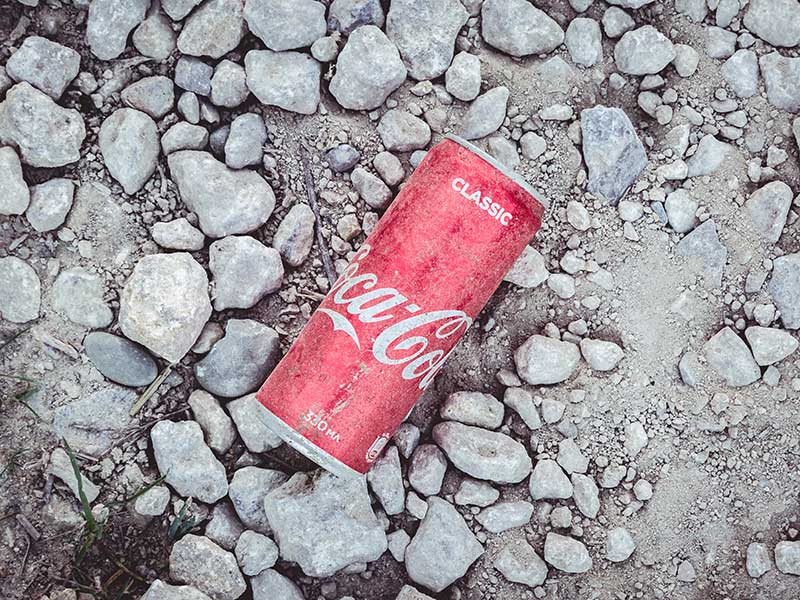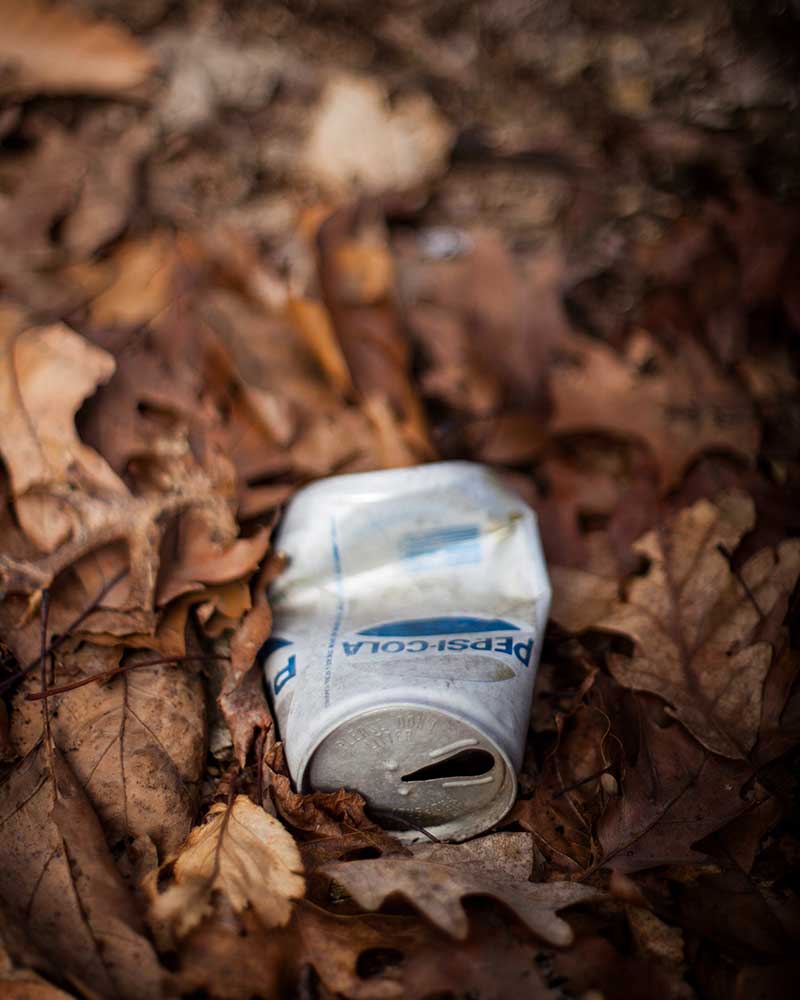How does hiking affect the environment?

When practising your favourite sport in a natural environment, whether in the mountains or in the desert, always remember that humans are not lord and master of the planet. Keep in mind that humans, fauna and flora must coexist with mutual respect. Therefore, it is essential to take extreme care of the soil, water, climate, air and landscape. so that this coexistence is not damaged.
However, more and more people are taking to the mountains, rivers, ravines... to practice some kind of sport. The greater influx of people to these places has meant that people who are not very aware of the environment, have some negative habits that run counter to respect for the natural environment. A clear example of this is the Himalayas. Mountains unknown until about 40 years ago, which have now become a favourite destination for many tourists. The consequences are devastating and the images that can be seen of the camps are proof of this. Some call it active tourism. Doing sport while sightseeing is fine, but never lose respect for the environment..
Bad practices in the mountains.
However, in recent years, respect for nature is increasingly being lost. The lack of awareness and knowledge means that we have internalised some negative habits and practices. For example, these are some of the most common bad practices in the mountains:
- Failure to pick up litter. In many areas of the mountains you can see where people have passed through, because there are often plastics on the floor. Incidentally, plastics that many animals eat, thus damaging their health. The free camping areas are an example of this. As a result, measures have had to be taken to the point of banning free camping. When you go to the mountains, remember that your rubbish is yours, and no one will pick it up for you. It is therefore essential to carry an extra plastic bag in your rucksack to collect all your rubbish in. Then when you finish your hike and return to the city, you can dispose of it in the appropriate bin. More and more careers run through our mountains. Not all of them break the law, but some of them damage the environment. In these races, at the refreshment points, many runners pour water over their heads and throw the plastic cups on the ground so that they don't have to stop for a second. In many races, the organisations are responsible for collecting and cleaning up any dirt that may be generated at these points. However, many runners tend to throw the plastics from the gels or bars on the ground. These plastics are not usually picked up by anyone.

- Disturbing animals. If you come across a wild animal, do not try to touch it. It will probably get scared and try to run away. It is not wrong to take a picture of the animal, but do so at a safe distance, without encroaching on its territory.
- Collect fruits and flowers unchecked. The most common practice, and the one that is most out of control is mushroom picking. There are many amateurs who collect all the mushrooms they find, no matter how small they are. The collection should be moderate, so that the reproduction of the species is adequate for years to come.
Consequences of environmental impact.
Below, we will list some of the most popular sports, and the negative impacts they have on the environment:
- Hiking and mountaineeringMountain climbing: without a doubt, it is one of the most common activities carried out in the mountains. The fact that many people practise these activities means that the terrain is gradually eroded. For example, when walking in the mountains in a group, it is common for people to leave the marked path in order to be able to talk to their companions. If we all do the same, we will cause more paths to be created around a path and less grass to grow. Also, when walking it is common to stop to pick mushrooms or flowers. These can cause species of special botanical interest to be picked. As a consequence, some measures have had to be taken to limit access to certain parts of the mountain. There are also signs asking you to choose another path on wet days, as the erosion caused is even greater.
- Canyoning, rafting...all kinds of activities in the river directly affect the fauna and flora of the rivers. The impact on fish and plants living in the water is very negative. As a preventive measure it has been decided that in some rivers the maximum number of people who will practice the activity in one day will not exceed 25 people.
- Activities with motor vehiclesMotorcycling or 4×4 off-road routes have a very negative effect on the environment. On the one hand, because of the pollution emitted into the air. The vegetation suffers a lot of damage. The terrain can be destroyed when these vehicles pass through. More and more restrictions are being placed on this type of activity.
- Horseback ridingIf we add the weight of the horse to the weight of the person, we realise the pressure we put on the ground. As a consequence, the erosion of the terrain is quite high. We also notice the loss of vegetation in areas where people ride horses. Preventive measures have been taken to limit access by horses in some areas.
- Fishing and huntingThe use of these activities: they cause great disturbance to the fauna, resulting in the death of some species. Control to prosecute infringements of these activities is increasing.
Don't miss any adventure in the Pyrenees!
